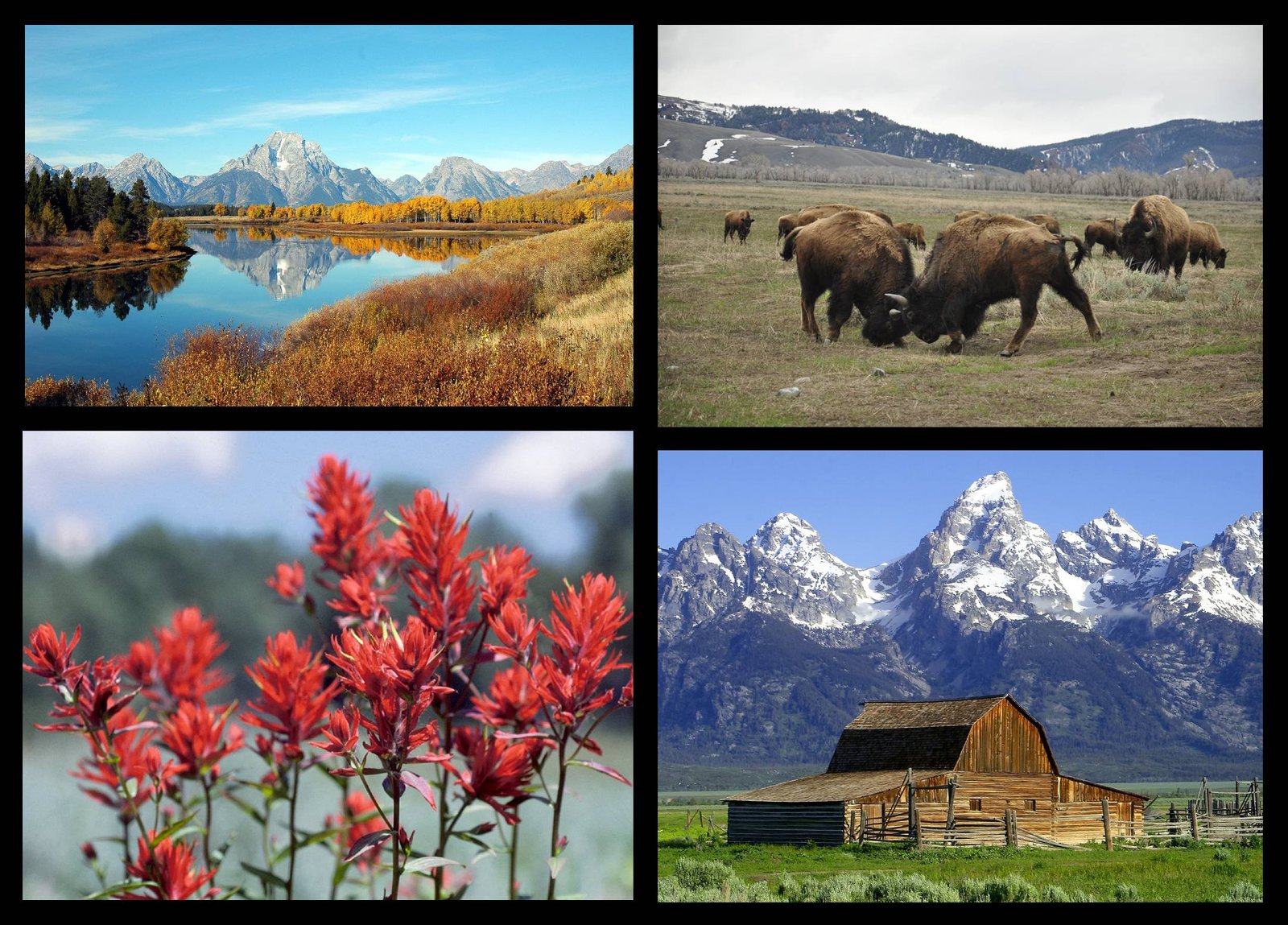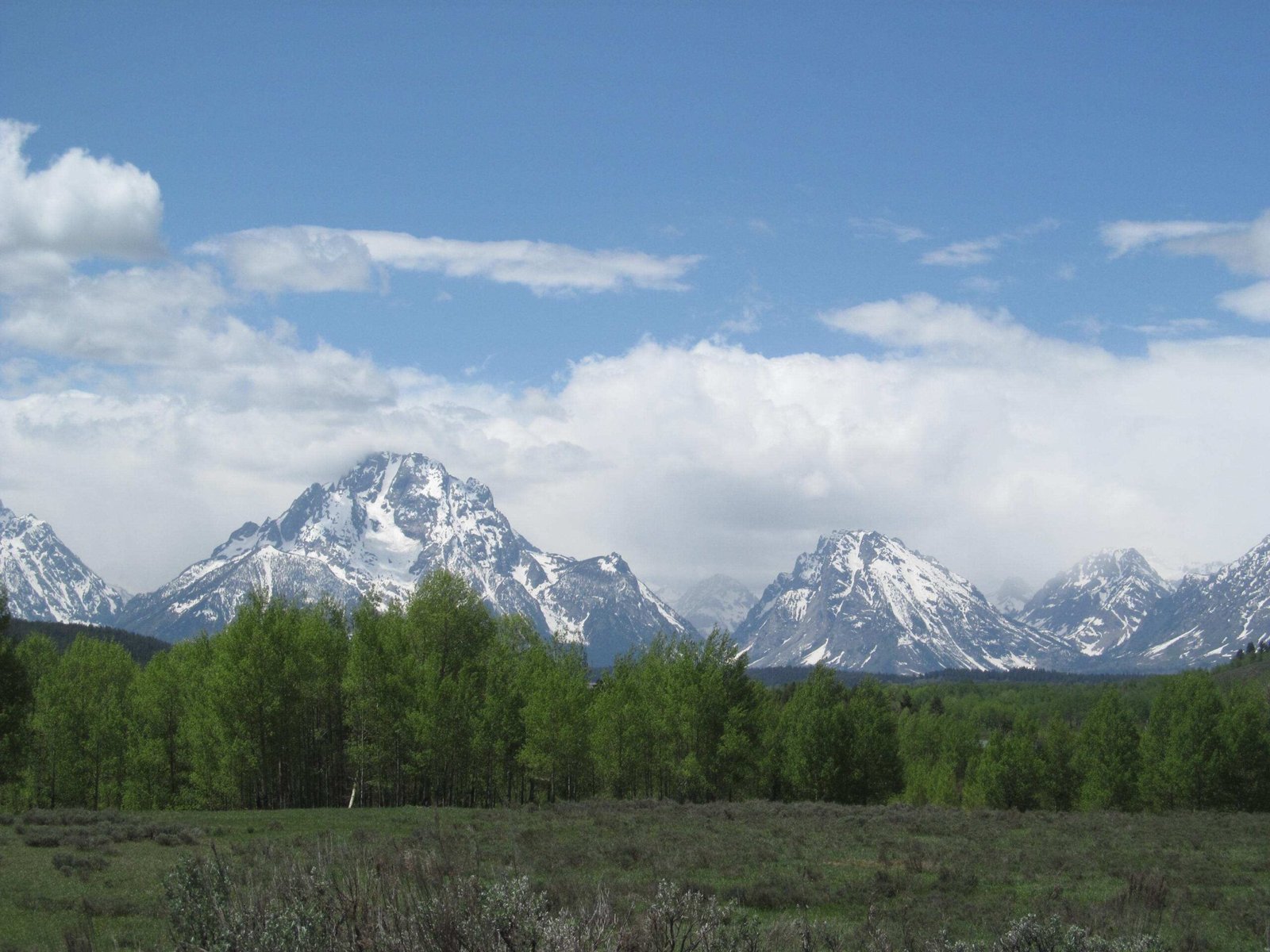The T.A. Moulton Ranch represents a remarkable testament to early 20th-century homesteading in Jackson Hole, Wyoming. Located within the Mormon Row Historic District of Grand Teton National Park, this iconic landscape captures the resilience of settlers who transformed challenging wilderness into productive agricultural lands, with the legendary T.A. Moulton Barn standing as a powerful symbol of human perseverance against the dramatic backdrop of the Teton mountain range.
What Makes T.A. Moulton Ranch Historically Significant?

Origins of Mormon Row Settlement
Thomas Alma Moulton and his brother John arrived in Jackson Hole in 1908, establishing their homestead on what would become known as Mormon Row. Their journey represented the broader pioneer movement of transforming untamed landscapes into productive agricultural communities.
Key Settlement Characteristics
| Year | Event | Significance |
|---|---|---|
| 1908 | Homestead Establishment | Initial land claim |
| 1913 | Barn Construction Begins | First structural development |
| 1928 | Barn Roof Modification | Added hayloft and gable roof |
| 1938-1939 | Lean-to Additions | Expanded barn functionality |
Architectural Evolution of the Barn
The T.A. Moulton Barn underwent several transformative stages:
– Initial construction with a flat roof
– 1928 modification adding a steeply pitched gable roof
– 1938 horse lean-to addition
– 1939 pig lean-to construction
How Can Photographers Capture the Perfect Shot?

Optimal Photography Conditions
Photographers seeking to capture the T.A. Moulton Ranch should consider:
– Sunrise and sunset provide the most dramatic lighting
– Wide-angle lenses to capture expansive landscape
– Tripod for stability during low-light conditions
– Neutral density filters for balanced exposure
Recommended Camera Settings
- Aperture: f/8 to f/11 for maximum depth of field
- Shutter Speed: 1/60 to 1/125 seconds
- ISO: 100-400 for minimal noise
- White Balance: Daylight or Cloudy preset
What Makes Mormon Row Unique in Grand Teton National Park?
Cultural Landscape Preservation
Mormon Row represents more than a picturesque location; it embodies:
– Pioneering agricultural heritage
– Architectural preservation
– Cultural landscape documentation
– Ecological adaptation strategies
Visitor Access and Considerations
- Free public access within Grand Teton National Park
- Gravel road accessibility
- Limited facilities
- Seasonal weather variations
What Wildlife and Natural Features Surround the Ranch?
Ecological Context
The T.A. Moulton Ranch exists within a rich ecological zone featuring:
– Diverse wildlife populations
– Proximity to Snake River ecosystem
– Mountain grassland environments
– Seasonal migration routes
Wildlife Observation Opportunities
- Elk herds
- Pronghorn antelope
- Migratory bird species
- Occasional moose sightings
How to Plan Your Visit?
Practical Visitor Information
- Best visiting months: June through September
- Recommended gear:
- Comfortable walking shoes
- Camera
- Weather-appropriate clothing
- Binoculars
- Nearby amenities in Jackson, Wyoming
Photography Workshop Availability
- Local tour operators offer specialized workshops
- Seasonal photography expeditions
- Professional guidance available
Preservation and Future
The T.A. Moulton Ranch continues to serve as a powerful historical marker, representing the intricate relationship between human settlement and natural landscapes in the American West.
Reference:
– National Park Service – Grand Teton
– Jackson Hole Historical Society
– Wyoming State Historic Preservation Office

